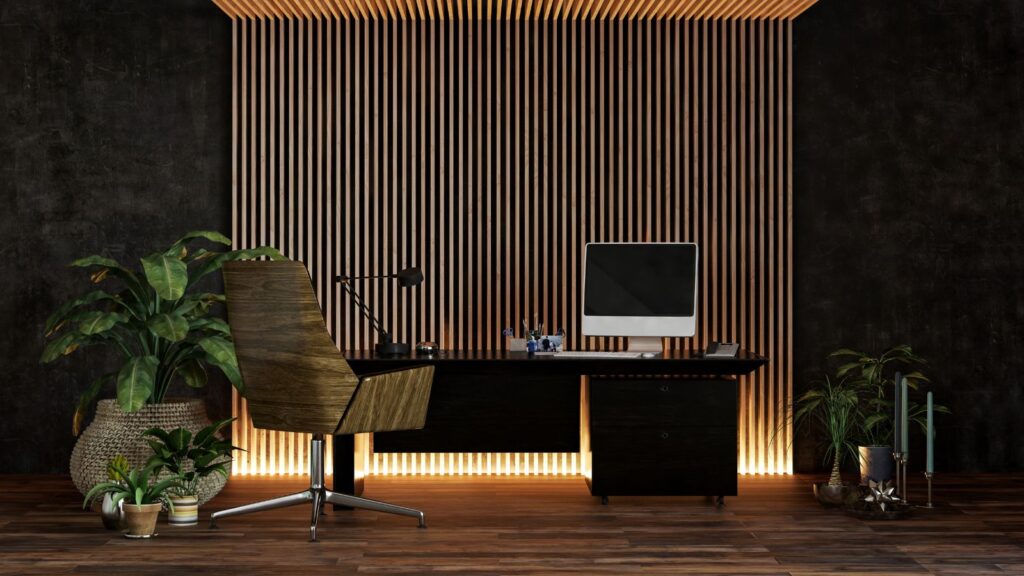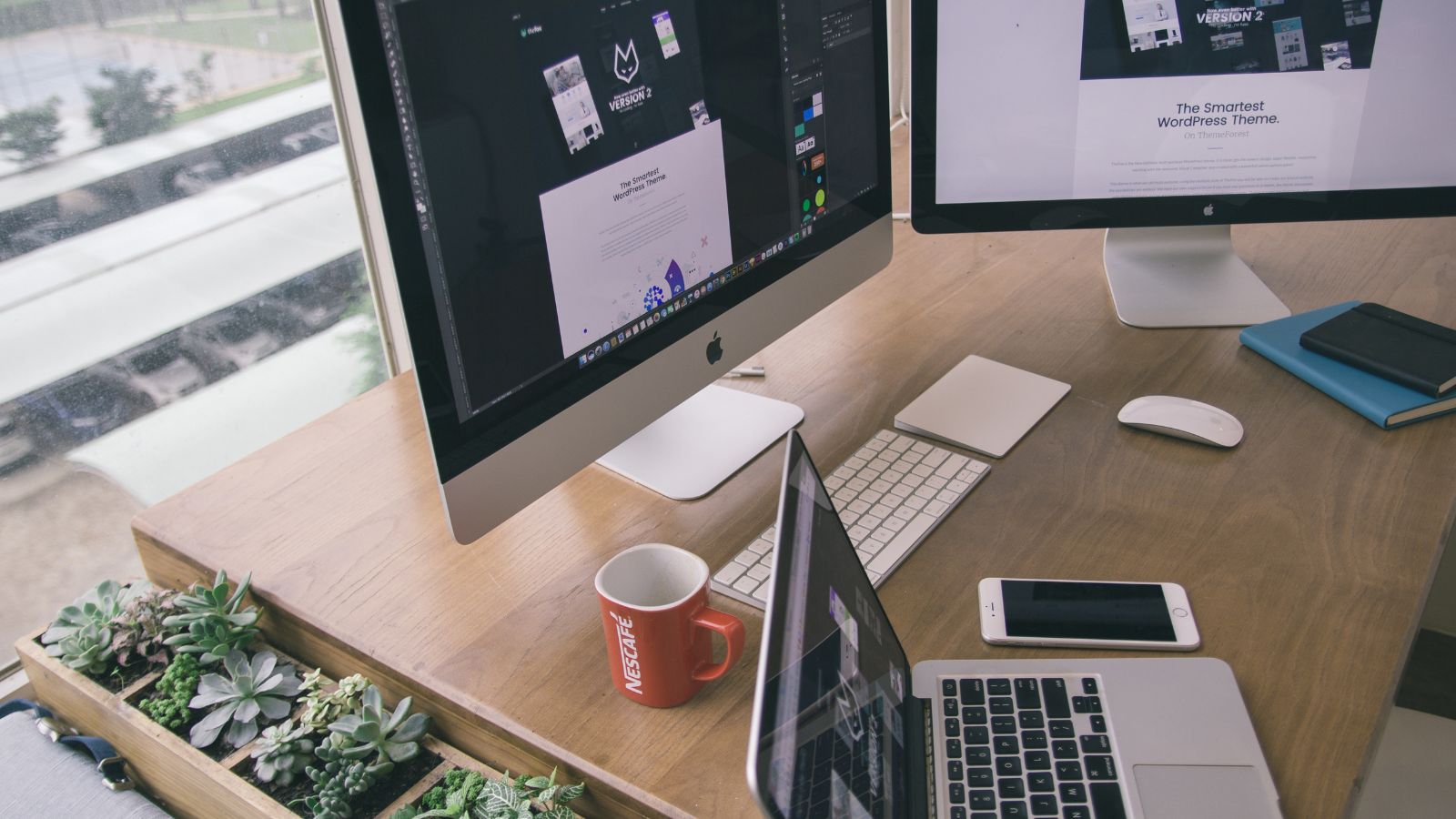The office has always been more than just a place to sit at a desk. It’s where ideas are born, deals are made, and teams come together to achieve shared goals. Yet, in today’s fast-changing world, the way we think about office spaces is evolving rapidly. Creating an office that is functional, comfortable, and inspiring is no longer optional — it’s essential.
When you make your office place thoughtfully, you’re not just arranging furniture. You’re shaping an environment that influences productivity, creativity, and employee well-being. Whether you’re redesigning an existing office or setting up a new one from scratch, the choices you make will impact how people feel and perform every day.
Why Office Design Matters
We spend a significant portion of our lives at work. A poorly designed office can leave employees feeling drained, uninspired, or disconnected. On the other hand, a well-designed office can energize teams, encourage collaboration, and improve focus. Many businesses now invest in professional office fit out London services to transform their workspaces into environments that support both well-being and performance.
Research consistently shows that the physical environment plays a critical role in productivity. Natural light, ergonomic furniture, and even thoughtful color schemes can affect mood and performance. Beyond productivity, a welcoming office space also strengthens company culture and helps attract and retain top talent.
Step One: Define the Purpose of Your Office
Before buying new furniture or picking out wall colors, it’s important to ask: What do we want this office to achieve?
-
Is your office primarily a hub for collaboration?
-
Does it need to support quiet, focused work?
-
Will clients be visiting regularly, requiring a polished, professional look?
-
Or is flexibility the key, with hybrid workers coming and going throughout the week?
Defining your office’s main purpose will guide every decision that follows. For example, a creative agency might prioritize open collaboration zones, while a law firm might lean toward private offices and formal meeting rooms.
Layout and Flow
The layout of an office can either boost or hinder productivity. Traditional cubicles are giving way to open floor plans, but it’s important to strike a balance. Too much openness can cause distractions, while too many partitions can feel isolating.
Consider creating zones for different kinds of work:
-
Collaboration zones for brainstorming and teamwork.
-
Focus areas where individuals can work quietly.
-
Breakout spaces for informal conversations and relaxation.
-
Meeting rooms equipped with the right technology for in-person and virtual discussions.
The goal is to make your office place adaptable, allowing employees to choose the environment that best suits their tasks.
Light and Air: The Invisible Essentials
Two elements often overlooked in office design are lighting and air quality. Yet both have a direct impact on how people feel at work.
-
Natural light boosts mood, reduces eye strain, and improves energy levels. Position desks near windows where possible.
-
Artificial lighting should be bright but not harsh. Adjustable LED lighting is a popular solution.
-
Air quality matters just as much. Fresh air circulation, plants, and efficient ventilation systems reduce fatigue and improve concentration.
By prioritizing light and air, you create a healthier and more pleasant environment.
Furniture That Works for People
Ergonomics isn’t just a buzzword; it’s a necessity. Uncomfortable chairs and poorly designed desks can lead to back pain, poor posture, and long-term health issues.
Invest in:
-
Adjustable chairs with proper lumbar support.
-
Desks at the right height, with options for sit-stand flexibility.
-
Monitor stands and keyboard trays to reduce strain.
Comfortable employees are more focused, more productive, and less likely to experience burnout.
Technology Integration
Modern offices run on technology, and a well-designed space makes it easy to use. From reliable Wi-Fi and charging stations to video conferencing tools, technology should be seamless and accessible.
Smart office features — like room-booking systems, wireless screen sharing, or IoT-enabled climate control — are becoming increasingly common. The goal is to remove friction from daily tasks so employees can focus on their work.
Add Personality and Culture
An office should reflect the identity of the company. Plain, sterile spaces might be functional, but they don’t inspire loyalty or creativity.
Think about how to weave your culture into the space:
-
Use colors that align with your brand.
-
Display company values, artwork, or achievements.
-
Create spaces that encourage community, like coffee corners or lounge areas.
When employees feel that the office reflects who they are and what they stand for, they’re more likely to feel connected and motivated.
The Rise of Flexibility
The pandemic changed how we think about offices. Many companies now operate on hybrid models, where employees split time between home and the office. This shift has made flexibility a central theme in modern office design.
Hot-desking, shared spaces, and multipurpose rooms are becoming the norm. Furniture on wheels, modular layouts, and movable walls allow offices to be reconfigured quickly. The ability to adapt is now one of the most valuable qualities an office can have.
Don’t Forget Well-Being
More and more, companies are recognizing that well-being and productivity go hand in hand. Adding elements that promote relaxation and mental health can transform an office from a stressful environment into a supportive one.
-
Incorporate plants for a touch of nature.
-
Create quiet wellness rooms for meditation or rest.
-
Offer healthy snacks in the break area.
-
Encourage movement with standing desks or walking meetings.
Small touches like these can make a big difference in how employees feel day to day.
Conclusion
To make your office place is to build more than just a physical location. It’s about creating an environment that fosters productivity, collaboration, and well-being. From layout and lighting to furniture and culture, every detail contributes to the bigger picture.
In a world where work is constantly evolving, offices must evolve too. By designing spaces that are flexible, human-centered, and inspiring, you can ensure that your office isn’t just a place where people work — it’s a place where they thrive.



More Stories
Bitclassic.org: A Comprehensive Review of Features and User Experience
Understanding BitClassic.org: The Future of Digital Transactions?
The Evolution of Gaming: Genres That Emerged Recently